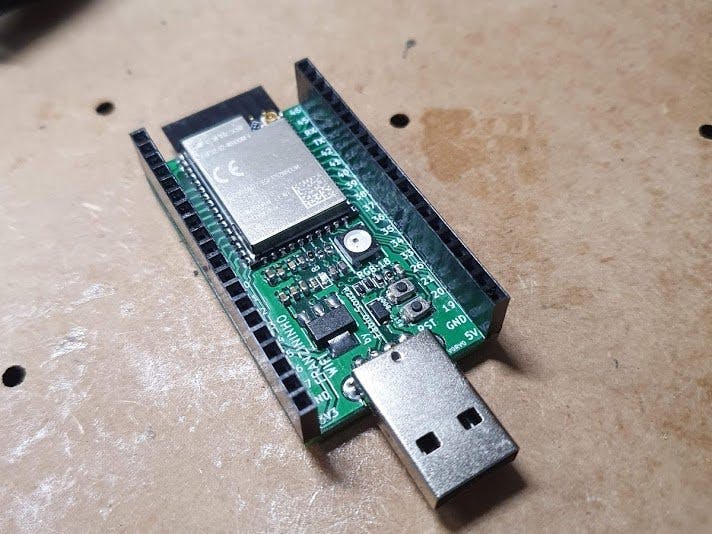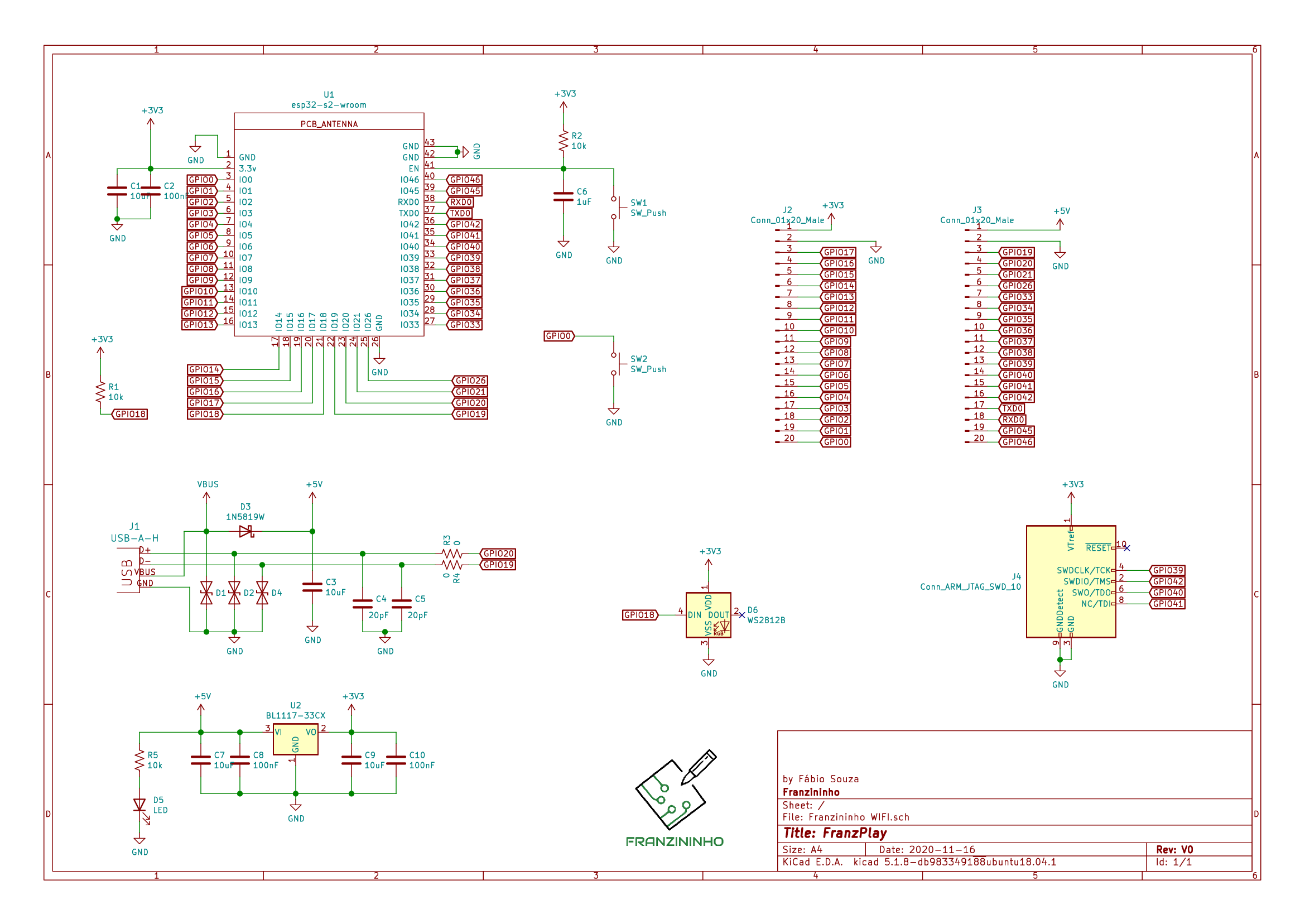The Franzininho project was created to develop skills in people in the areas of electronics and programming, through activities in the DIY format and in conjunction with maker culture in Brazil.
Through the Franzininho DIY board, we reach thousands of people in Brazil. Many had their first contact with electronics by assembling their own Arduino compatible board and then moving on to programming it and creating their own applications. The accomplishment of this journey was a differential of the workshops of Franzininho DIY, taking the participants to go through several stages of an electronic project.
During the workshops and with participants' feedback we noticed the need for a platform with more resources and programming possibilities for beginners, especially the public in the area of education, teachers, and elementary and high school students. Some signs developed by us recently, were born with this scenario in mind and helped to develop materials and workshops for this target audience.
Now we take another step in the evolution of the project. With the support of Espressif Systems with ESP32-S2, we developed a new board called Franzininho WIFI, which will allow us to explore the capabilities of this new Espressif SoC, as well as develop programming tools and applications geared towards education, before designing the hardware aimed at application in the classroom by teachers and students of elementary and high school, as well as other applications.
Why ESP32-S2?The ESP32-S2 comes with a single-core Xtensa 32-bit LX7 processor that operates at up to 240 MHz, with 320 KB of SRAM and 128 KB of ROM. It features the following features:
As there are not many boards on the market with ESP32-S2 SoC, we developed Franzininho WIFi to serve as the ESP32-S2 development platform and help us evaluate and validate applications with this SoC.
The board has the same dimensions as Franzininho DIY. We keep the USB A connector and PCB dimensions.
The Franzininho WIFI design is relatively simple, we left all the pins available to the user, in addition to an RGB LED and a JTAG connector.
The project is open hardware and done in Kicad. Below I present more details of the project.
SchematicThe project is an open-source hardware and is available on CERN open hardware license: Github: Franzininho WIFI
We are very excited about this project and we hope that this next step in the Franzininho project can help many makers in Brazil.
Feel free to fork the project and give us some feedback.




_4YUDWziWQ8.png?auto=compress%2Cformat&w=48&h=48&fit=fill&bg=ffffff)



_Ujn5WoVOOu.png?auto=compress%2Cformat&w=40&h=40&fit=fillmax&bg=fff&dpr=2)
Comments
Please log in or sign up to comment.